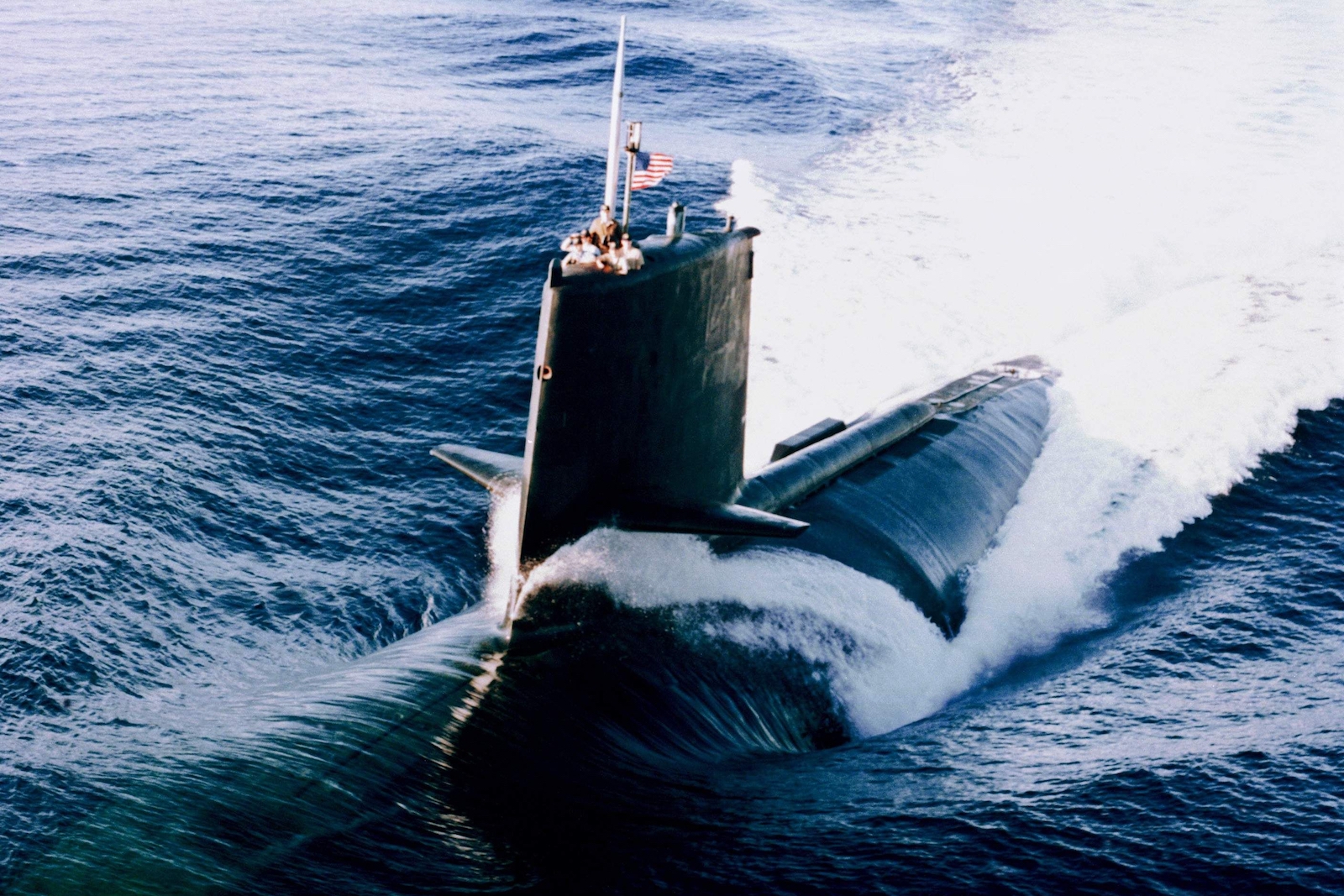
The U.S. Should Consider Selling Nuclear Subs to India
The decision by the United States to sell eight nuclear powered submarines to Australia measurably increases the security of the American presence in the Pacific, particularly in Southeast Asia. With the United States providing this type of nuclear propulsion to Australia, serious thought should be given to providing this type of technology to India.
The Quad, otherwise known as the Quadrilateral Security Dialogue, which consists of India, Australia, Japan, and the United States, is taking on more importance in the Indo-Pacific region, given the rise of the Chinese military. It makes strategic sense that the United States is assisting its allies in having the most up-to-date defensive armaments to prevent a total take-over of the region by China.
The rise of the PLAN
In 2012, Hu Jintao, the then-president, called for the PLAN (China’s Navy) to be increased to where China would be a “great maritime power.” In 2000, the PLAN had 110 naval vessels. Today, the PLAN boasts 360 naval vessels. While not a full-fledged blue water navy, the PLAN does have enough firepower to cause considerable damage to an opposing force in an armed conflict.
The rationale behind the sub deal
The French offer to sell Australia diesel-electric submarines did not give Australia the military punch necessary to deter Chinese aggression. While the French do have nuclear technology available, the Australian government had originally asked for diesel-electric submarines. The French ability to provide nuclear powered submarines appears to be limited in that a French-supplied nuclear powered submarine would require complex work midway through the life of a French nuclear powered submarine.
The French government had offered nuclear technology but also said that if the Australians wanted nuclear subs, that the Australians should design one for themselves for deployment in 2050. The current Australian government felt that the purchase of conventional submarines did not go far enough to advance its own national security, so began looking for an alternative. When the United States offered Australia its nuclear propulsion system, Australia decided to go with the United States technology.
It is curious that China did not object strenuously to the French diesel-electric submarine agreement but erupted in anger when the Australians decided to obtain nuclear propulsion technology from the United States. One must wonder what the French motivation was in pressing diesel-electric technology onto the Australian government.
Now that the United States has offered up its nuclear technology to Australia, it would make sense to offer the same technology to India.
The Indian Navy and its needs
The Indian Navy has several important missions to perform to safeguard its maritime borders, and in conjunction with other militaries of the union, act to deter or defeat any threats or aggression against the territory, people, or maritime interests of India, both in war and peace. Currently, the PLAN outweighs and outnumbers the Indian Navy.
While the U.S. Navy is more than capable of prevailing in an armed conflict with the Chinese Navy, it would have to mass its ships and neglect other patrol duties to do so. To prevent an outbreak of hostilities, the Indian Navy needs to be able to stand on its own. Having an adequate force structure would force the Chinese PLAN to stretch its resources to the point where it could not prevail in armed conflict with the Quad.
Besides the threat from China, India must contend with the threat from China’s client state, Pakistan. Pakistan has 5 diesel-electric submarines on hand and will receive 8 modern diesel-electric attack submarines from China of the Yuan class. These conventional attack submarines are first class and can be used as an attack submarine as well as a missile launch platform.
For the Indian Navy to be a serious threat to the Chinese PLAN and to protect itself from Pakistan’s evolving submarine force, it needs nuclear powered submarines. Some years ago, the United States advised India about the availability of the sale of nuclear powered submarines. The United States is reported to have told India that it could not even allow the sale of nuclear propulsion activity to its closest allies.
The circumstances however have changed. With the aggressive expansion of the Chinese PLAN, and the “Wolf Warrior” diplomacy being practiced by China, it now makes sense to allow India access to nuclear propulsion technology. With the Quad alliance growing in importance to the national security of the United States, and the United States already sharing its nuclear propulsion technology with Australia, it does not make any sense to deny an important military ally the systems it needs to fend off China and Pakistan.

